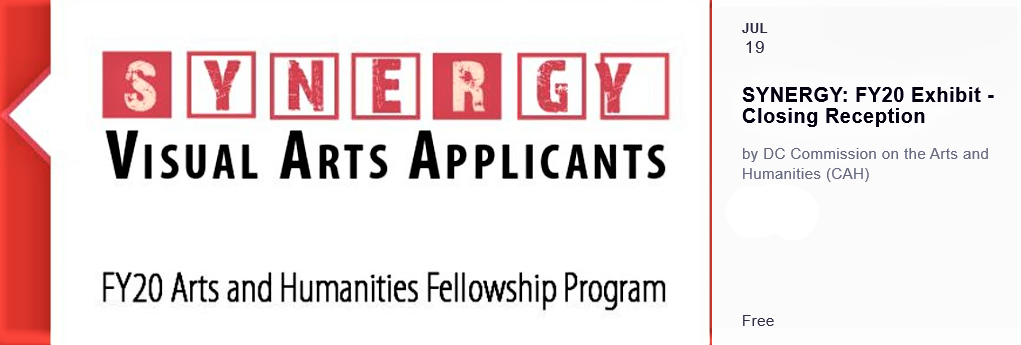
Surrealist artists at Peggy Guggenheim’s New York apartment, 1942.
Front Row: Stanley William Hayter, Leonara Carrington, Frederick Kiesler, Kurt Seligmann. Second Row: Max Ernst, Amedee Ozenfant, Andre Breton, Fernand Leger, Berenice Abbott. Third Row: Jimmy Ernst, Peggy Guggenheim, John Ferren, Marcel Duchamp, Piet Mondrian.
Prof Tim Tate was asked by an arts magazine to write an article about how artists work and how they can support each other – we will have a link when the article comes out.
Below an excerpt from Tim’s article on how the Washington Glass School artists work.
While reading the original article dealing with virtual guilds, it reminded me of the “Artist’s Covenant” that we follow here in our extremely busy working studio. We have almost 20 artists working out of this space – most as resident artists. We also just admitted our 4000th student in 9 years. This is an extremely active artist collective.
The over-riding manifesto in this space is the “Artist’s Covenant”. This is an intrinsic agreement by all artists utilizing our space. No one is admitted without committing it. In our case the pledge is as follows: “A Rising Tide Raises All Boats”.
To become a member here at the Washington Glass School, you must first agree to be happy for everyone’s success, not just your own. This fosters a positive air in the work environment. Jointly, each artist agrees to not only look out for their own opportunities, but also to promote the other artists in the covenant.
If there is an article being written about you, can you mention another of the studio artists? If you have a museum show, can a piece or two be a collaborative work with another studio artist?If a show opportunity comes along, can you let others know in the collective if their work is appropriate? If a collector comes and buys one of your pieces, can you then show them around the studio and introduce them to work by other artists?
None of these things costs the original artist anything. They still would have the press, still have the museum show, still have the sale, etc.They simply have increased someone else’s opportunities.
The reason for doing this is simple, beyond the pay-it-forward kismet. As each of the artist become progressively more successful, the opportunities ascribed to the entire collective also increases in number and stature. Eventually, all begin to move up the art world ladder.
Historically, there have been many such covenants; such as the groups that surrounded artists Georgia O’Keefe and Joseph Cornell (though he seemed to incidentally benefit from the New York Surrealists movement).
To stay completely positive towards all others successes when we ourselves are not moving forward is tougher than it may seem. Without these unwritten contracts, artists can fall too easily into a solitary guarding of personal turf.
The benefits to this approach are immediately evident in the feel of the working studio…where all things are possible and the sky’s the limit. Being connected to a group like this provides a sense of community within a profession that is inherently individualistic. The long term benefit is the synergy created accelerates the success its members.

